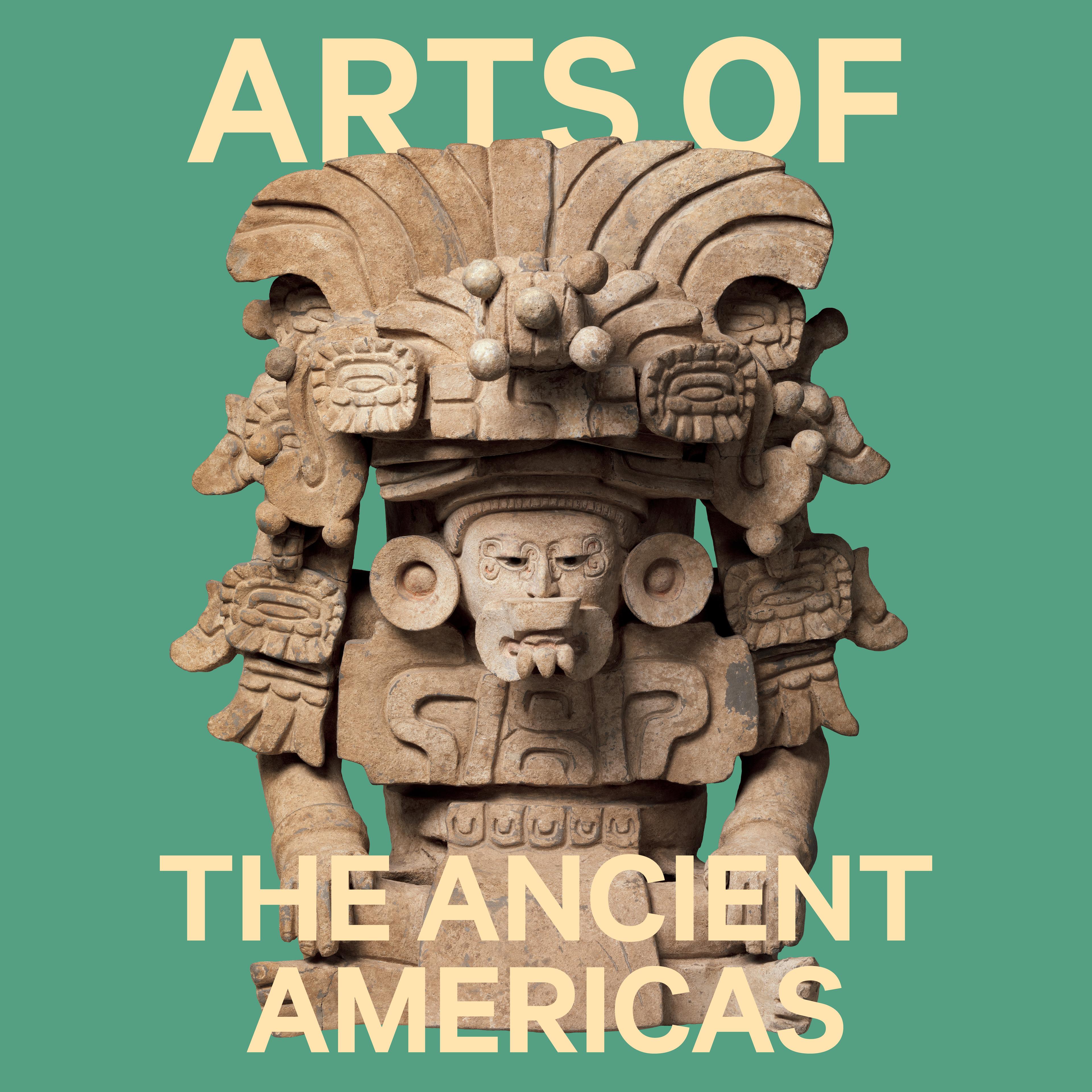Following a multiyear renovation, The Met is reopening its suite of galleries dedicated to the Arts of the Ancient Americas in the Michael C. Rockefeller Wing in late May 2025. The reinstallation is organized around nearly 700 works that foreground the artistic legacy of Indigenous artists from across North, Central, and South America and the Caribbean prior to 1600 CE. This extraordinary collection is reintroduced for a new generation of visitors while reflecting contemporary research and providing greater illumination of the ancestral arts of the Americas. It includes monumental stone sculptures and exquisite metalwork, illuminated by filtered daylight from Central Park through a custom-designed, state-of-the-art sloped glass wall on the south facade. The collection also includes refined ceramic vessels; shimmering regalia of gold, shell, and semiprecious stone; and sculptures of wood.
The new installation is the result of close collaboration with colleagues across the country and Latin America through a series of conversations around the artworks and the continuing importance of these ancient traditions in the Americas today. The renovated galleries reflect recent advances in scholarship, incorporating knowledge about artists, their materials, their techniques, and their social roles and newly revealed relationships between regions. The galleries also expand the scope of the subject to consider Indigenous traditions in the Viceregal (Colonial) period. The galleries benefit from new perspectives on indigenous concepts of the natural world as well as nuanced perceptions of gender roles. Where possible, indigenous texts—ancient, historical, and modern—have informed the curatorial narrative, enriching the interpretation and appreciation of the works in the collection.
The galleries were designed by Kulapat Yantrasast of the firm WHY Architecture and Beyer, Blinder, Belle Architects LLP, in collaboration with The Met’s Design Department, and draw inspiration from ancient American architectural traditions that incorporate stone platforms to echo the layout of landmarks from Mesoamerica and the Andean region. The redesigned galleries are organized roughly chronologically and geographically. To the west, visitors will find the oldest objects in the collection: finely carved lithic objects known as bannerstones, some made as long ago as 4,000 BCE; delicate ivory implements of the Old Bering Sea tradition; and female figurines from coastal Ecuador. To the east, visitors will encounter the bold imperial styles of the Mexica and the Inca, the two largest empires of the ancient Americas. Among the major innovations is a gallery to display ancient Andean textiles—the first of its kind in the United States. Intricately woven garments and hangings—some over 2,000 years old—will be shown in a gallery with state-of-the art casework and lighting. These delicate, light-sensitive textiles and featherworks will be rotated periodically, allowing for a dynamic presentation of one of the world’s great fiber arts traditions.
Events
Press the down key to skip to the last item.

